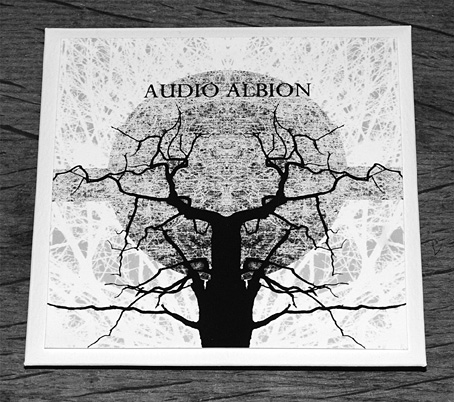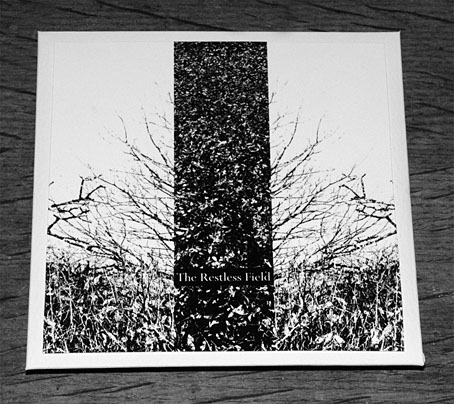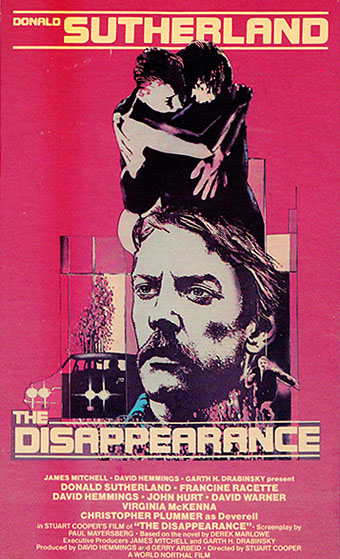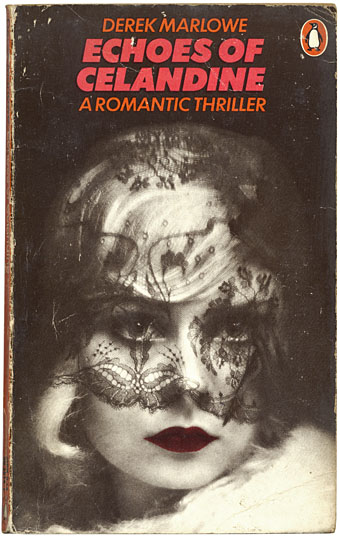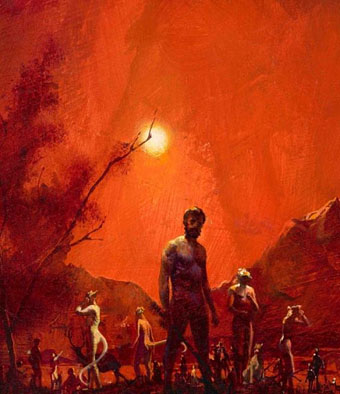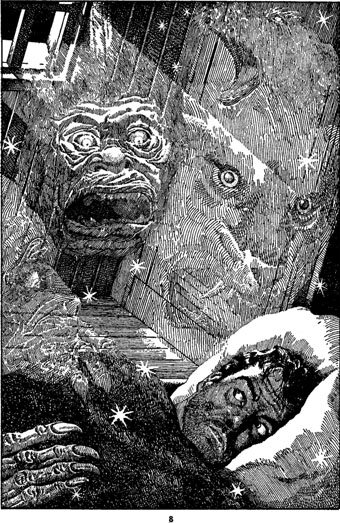Last year saw a series of themed compilation albums from A Year In The Country, each of which was released a few months at a time. This year follows suit with Audio Albion, a collection of 15 new pieces of music from regular contributors such as David Colohan, Howlround, Keith Seatman, Sproatly Smith and others. The theme this time is “the sounds found and heard when wandering down pathways, over fields, through marshes, alongside rivers, down into caves and caverns, climbing hills, along coastlands, through remote mountain forestland, amongst the signs of industry and infrastructure and its discarded debris.”
Track list:
1) Bare Bones—Marshland Improvisation
2) David Colohan—On Stormy Point
3) Grey Frequency—Stapleford Hill
4) Field Lines Cartographer—Coldbarrow
5) Howlround—Cold Kissing
6) A Year In The Country—The Fields of Tumbling Ideas
7) Keith Seatman—Winter Sands
8) Magpahi—Shepsters in the Yessins
9) Sproatly Smith—Ethelbert & Mary
10) Widow’s Weeds—The Unquiet Grave
11) Time Attendant—Holloway
12) Spaceship—The Roding in Spate
13) Pulselovers—Thieves’ Cant
14) The Heartwood Institute—Hvin-lettir
15) Vic Mars—Dinedor Hill
As with previous A Year In The Country collections, the approaches are diverse, ranging here from the banjo-plus-location-recordings of Bare Bones to abstract electronic treatments by Howlround and Time Attendant. The accompanying texts are useful for contextualising the recordings; so David Colohan informs us that his piece, On Stormy Point, contains a whistle recording made in one of the caves at Alderley Edge in Cheshire, an important location in the Rural Wyrd via the popularisation of its myths in the novels of Alan Garner. Not everything here aims for a sinister atmosphere but the The Unquiet Grave by Widow’s Weeds certainly achieves this, a marvellous interpretation of one of the spookiest English folk songs, and the standout piece in an excellent collection.
Audio Albion will be released on 29th May but is available for pre-order now.
Previously on { feuilleton }
• A Year In The Country: the book
• All The Merry Year Round
• The Quietened Cosmologists
• Undercurrents
• From The Furthest Signals
• The Restless Field
• The Marks Upon The Land
• The Forest / The Wald
• The Quietened Bunker
• Fractures
• Folk Horror Revival: Field Studies

